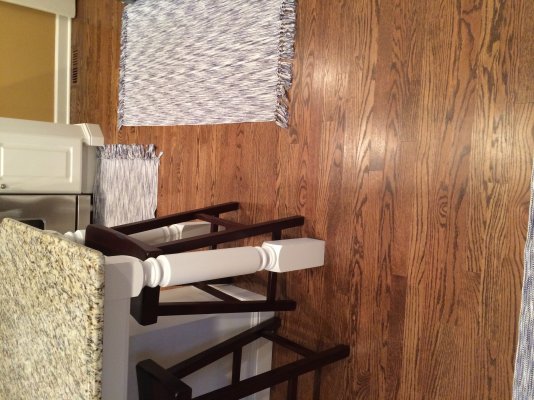eytonxav
Give me a museum and I'll fill it. (Picasso) Give me a forum ...
...which raises the level of the floor by at least 1.5" (3/4" plywood subfloor + 3/4" wood floor). I was referring to its usefulness in kitchen and bath applications, where such a height change would obviously play havoc with toe kicks, etc. There may be some people who do it, but I think it's much more common, practical, and cost-effective to use glue-down engineered flooring in such applications.
You do not need a 3/4" sub-floor, probably 1/2" plywood is sufficient for slab applications. Nevertheless, if you are just doing a kitchen or entrance way, that might be objectionable unless you can live with a beveled transition piece which I have seen used in many homes, and to me it looks fine.
Last edited:

